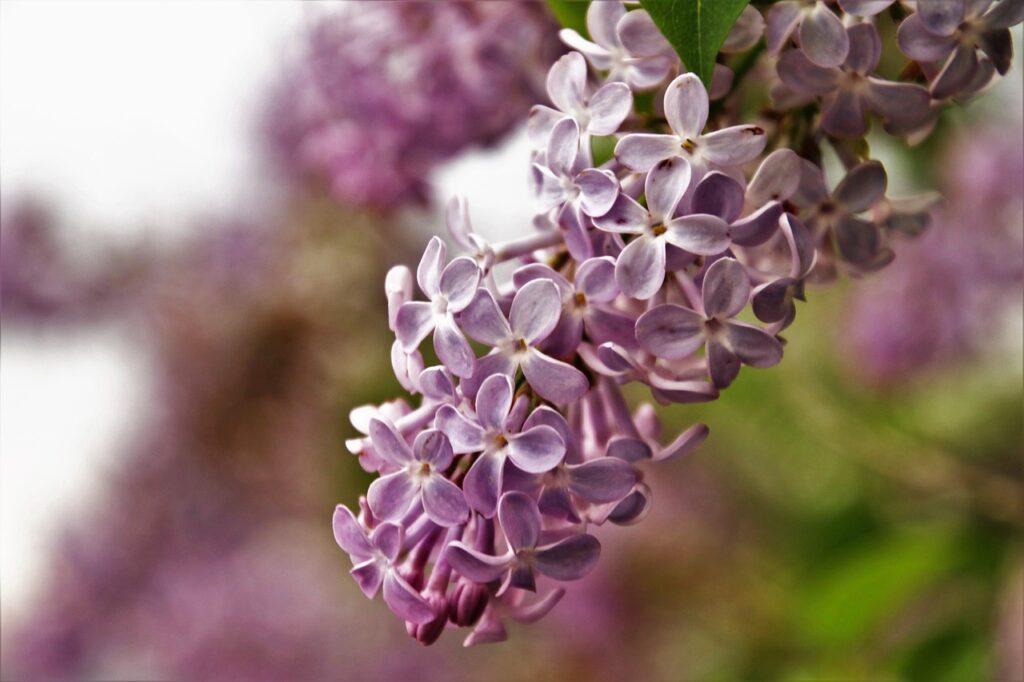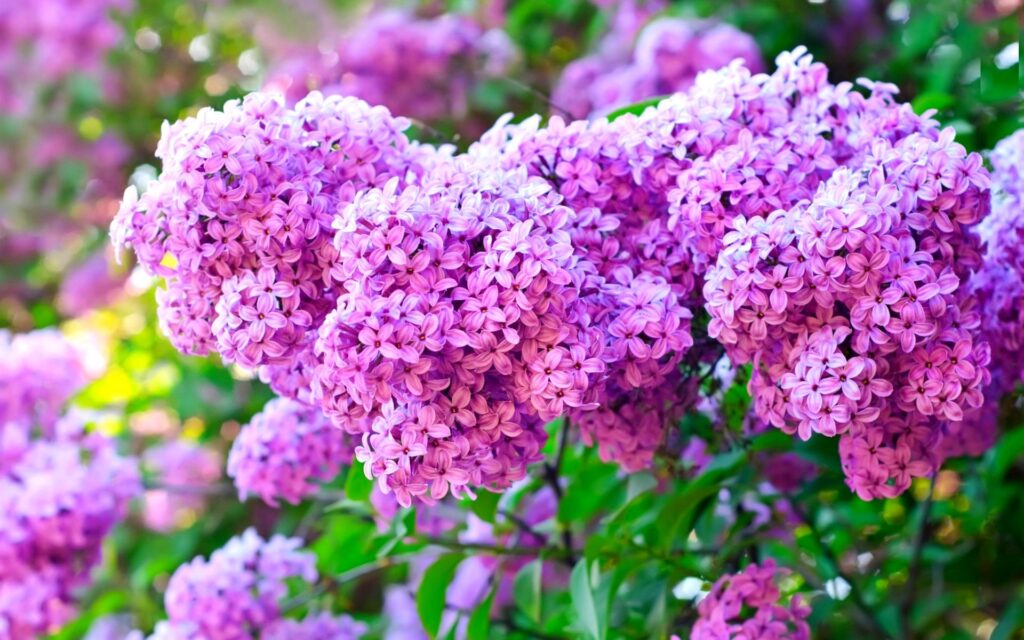Ad Blocker Detected
Our website is made possible by displaying online advertisements to our visitors. Please consider supporting us by disabling your ad blocker.
Looking to maximize the blooming potential of your lilac bushes this season? Then it’s time to give them some springtime TLC to boost their health and growth! Lilac bushes are renowned for their stunning spring colors, ranging from purple and lavender to white, red, pink, yellow, and even blue. These beautiful bushes can make a bold statement in any landscape with their large, fragrant blooms that dangle from every branch.
Best of all, they can remain in full bloom for up to two weeks or more each spring, providing a prolonged burst of color. Given their beauty, it’s no surprise that lilacs are a popular choice for many gardeners.
They are not only attractive but also hardy, durable, and resistant to pests, making them a long-lasting addition to any yard. In fact, many lilacs can thrive for more than fifty years without any issues. To ensure that your lilac bushes produce the most magnificent blooms each spring, it’s important to give them the care they need. So, let’s dive into some tips and tricks to help you get the most out of these remarkable bushes!
Spring Lilac Care – How To Get Lilac Bushes To Bloom Bigger

1/Locating Your Lilacs For Success
To ensure your lilac bushes thrive and produce their best blooms, it’s crucial to provide them with sufficient sunlight. Full sun exposure is ideal, but at the very least, make sure they receive a minimum of 6 hours of sunlight per day.
Additionally, it’s important to note that lilacs prefer soil with a neutral to slightly acidic pH level (6.5 to 7.0). If your lilac has struggled to bloom in the past, it’s possible that the soil pH is the issue.
You can easily check the soil pH with an inexpensive soil probe tester, which provides instant readings. If the pH is outside the optimal range, you can use a soil acidifier to adjust it accordingly. For instance, if the soil is too acidic, you can add lime or dolomite to make it less acidic. However, it’s more common to need to make the soil more acidic. Product Link : Soil Acidifier Additive
2/Avoid Spring Pruning – How To Get Lilac Bushes To Bloom Bigger
When it comes to lilacs, pruning at the wrong time can result in poor blooming. Late winter and early spring pruning can have a significant impact on the bloom cycle of your lilacs, affecting both this year’s and next year’s blooms.
It is crucial not to prune your lilacs before they come out in early spring because doing so can significantly reduce or even eliminate this year’s blooms.
Lilac blooms, like many Hydrangeas, form on older wood and stems. If you remove any stems or branches from the bush before the foliage comes out, you will also remove future blooms. The general rule of thumb is to avoid pruning lilacs in summer, fall, winter, or early spring. Instead, prune them only after they finish blooming.
This approach allows them to produce new growth and new bloom sets for the following year during the rest of the growing season.
Spring Care – How To Get Lilac Bushes To Bloom Bigger

1/Adding Compost & Mulch
To care for your lilac bushes in spring, two important tasks should be performed: adding compost and applying a thick layer of mulch around the base. Compost provides just the right amount of nutrients to promote healthy blooms without overwhelming the bush.
It’s best to apply the compost in early spring, before the bush starts to leaf out, by spreading a few inches of compost around the base and lightly working it into the topsoil with a rake. Water the area to start the nutrient-leaching process.
After adding the compost, apply a 4 to 6-inch layer of hardwood or bark mulch around the base to keep competing weeds from stealing nutrients and help retain moisture for the roots.
Over-fertilization can inhibit bloom production, making compost the ideal source of nutrients for lilac bushes. Avoid using too much fertilizer on lilacs.
Deadheading Blooms- How To Get Lilac Bushes To Bloom Bigger

To ensure optimal growth, there are a few key tasks to perform on your lilac bushes during the blooming season. First and foremost, deadheading the flowers as they wither away is crucial. If you leave old blooms on the bush, they will continue to absorb valuable water and nutrients from the plant.
Removing them will allow the plant to focus on nourishing the new flowers that are still developing, and promoting new growth during the summer. This will result in an even better bloom set for the following year.
Once the lilac has completed its bloom cycle in late spring, it’s time to remove any remaining old blooms and perform any necessary pruning or shaping of the bush. By doing this immediately after the bloom cycle, the bush still has ample time to grow new wood and limbs for next year’s flowers.
This is also an opportune time to add a few more inches of compost to the base of the plant. Compost provides a slow and steady source of nutrients to fuel the bush’s growth throughout the summer. Alternatively, you can give the plant a light feeding of an all-purpose 10-10-10 fertilizer after the bloom cycle has finished. Remember to use caution when fertilizing, as lilacs are sensitive to excessive amounts of fertilizer.
Overall, by following these simple steps during the blooming season, you can help your lilac bushes reach their full potential and produce stunning blooms year after year.

